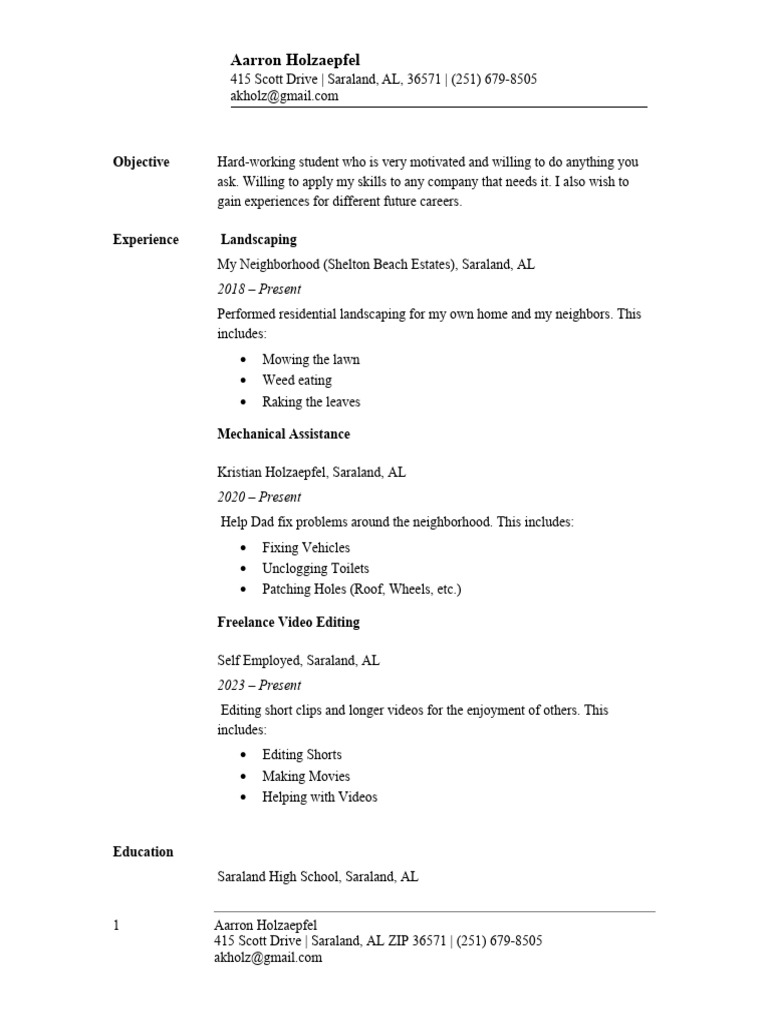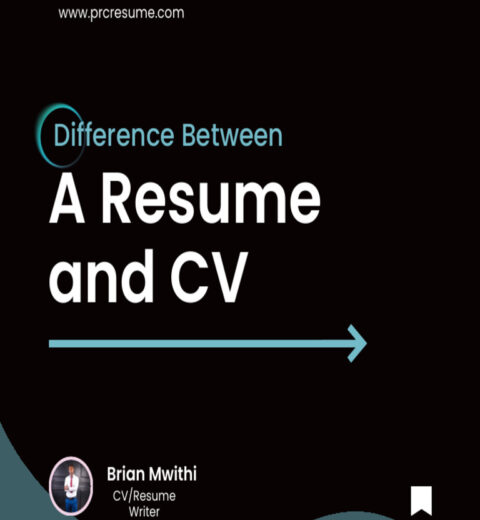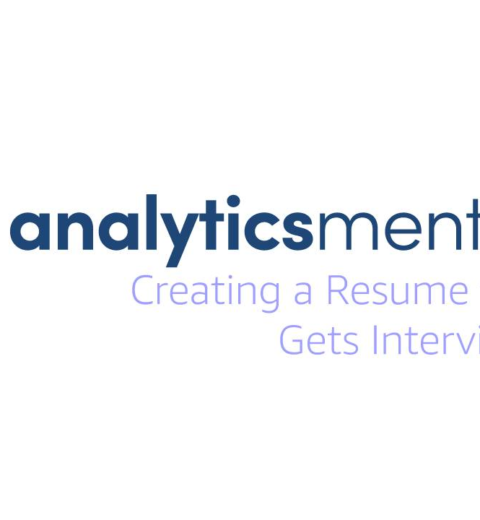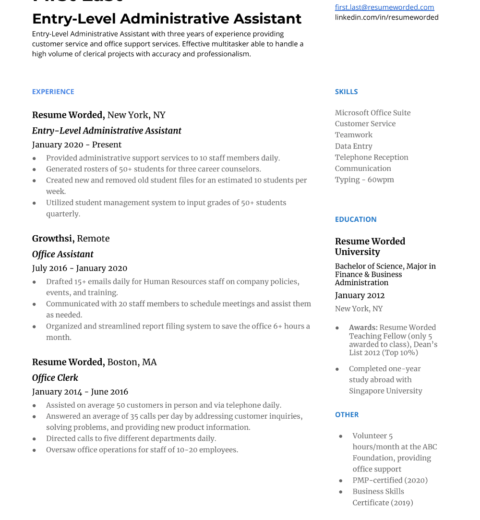As we progress toward 2025, the landscape of job hunting is undergoing a seismic shift, driven by rapid advancements in technology, evolving workplace cultures, and a heightened emphasis on personal branding. Consequently, the age-old document known as the resume is metamorphosing into a vital tool that not only encapsulates a candidate’s professional journey but also showcases their adaptability to contemporary work environments. This article delves into how resumes should look in 2025, offering modern formatting tips that resonate with the values of both applicants and prospective employers.
One of the most significant trends emerging in resume design is the departure from traditional formats. The archaic one-size-fits-all approach is slowly fading into obscurity. In 2025, candidates are expected to tailor their resumes to highlight their most relevant skills and experiences, employing a format that aligns with the role they are pursuing. This requires a meticulous crafting of content that resonates with the job description, ensuring alignment with the prospective employer’s ethos and requirements.
Visual appeal is paramount in modern resume design. In the current digital age, a well-structured layout enhances readability and captures the attention of hiring managers. Aesthetics should not overshadow substance; instead, they should complement the information presented. Utilizing bolder headings, ample white space, and a harmonious color palette can significantly elevate a resume’s visual hierarchy. Graphical elements, such as icons to denote contact information or skill levels, can also add an innovative touch, making vital details stand out without overwhelming the reader.
The emergence of Applicant Tracking Systems (ATS) adds another layer of complexity to resume creation. In 2025, candidates must ensure their resumes are compatible with these systems, which automate the initial screening process. To navigate this labyrinthine technology, it is advisable to use standard fonts such as Arial or Calibri and refrain from employing overly complex layouts. Keywords derived from the job description should be strategically incorporated throughout the resume to enhance discoverability. This attention to detail can make or break a candidate’s chances of advancement in the hiring process.
A resume should also echo the principles of personal branding, a concept gaining traction among job seekers. Candidates are encouraged to curate a narrative that encapsulates their professional identity. This narrative extends beyond mere job titles and responsibilities; it should reflect core values, motivations, and unique experiences that elevate them above the competition. Integrating a brief personal statement or brand summary at the beginning of the resume can succinctly convey this message, providing hiring managers with a snapshot of the candidate’s aspirations and professional philosophy.
As the gig economy continues to flourish, many job seekers may find themselves with a non-linear career trajectory. Therefore, resumes in 2025 should be flexible enough to accommodate various employment experiences, whether freelance engagements, part-time opportunities, or project-based roles. A functional or hybrid resume format can serve this purpose effectively, allowing candidates to foreground their skills and achievements rather than focusing exclusively on chronological work history.
Furthermore, the inclusion of multimedia elements is poised to become commonplace. Candidates may leverage links to personal websites, portfolios, or professional social media platforms, such as LinkedIn, to provide deeper insights into their qualifications and experiences. Such integrations not only enhance the richness of the resume but also demonstrate a candidate’s proficiency with digital tools and platforms—essential qualities in today’s interconnected work environment.
The importance of quantifiable achievements cannot be overstated. In 2025, candidates should focus on articulating their contributions in tangible terms. Rather than merely listing tasks, resumes should enumerate outcomes and impacts, employing metrics where feasible. For instance, phrases like “increased sales by 25%” or “successfully managed a team of ten” offer concrete evidence of capability, presenting candidates as results-driven professionals.
Moreover, soft skills are increasingly prized in the modern workforce, and candidates should strategically incorporate them into their resumes. As automation continues to reshape job functions, qualities such as adaptability, communication, and emotional intelligence are becoming indispensable. A dedicated section that succinctly lists these traits and illustrates them with real-life examples can provide a comprehensive picture of a candidate’s holistic abilities.
Networking remains a cornerstone of successful job searching. In 2025, resumes may also reflect the value of connections by including references or endorsements from professional contacts. While traditional references often provide a separate document, consideration could be given to an informal endorsement section within the resume or the inclusion of QR codes linking to recommendation letters or testimonials. Such innovations would encapsulate a candidate’s collaborative spirit and professional network efficacy.
Finally, the evolution of the resume in 2025 is a testament to the changing dynamics of the job market. It reflects a deeper fascination with individuality and authenticity, showcasing professional journeys that are unique to each candidate. As technological advancements continue to shape the future of work, the resume must adapt accordingly. Candidates who embrace modern formatting, focus on personal branding, and emphasize quantifiable achievements will likely find themselves at the forefront of prospective employers’ minds. Crafting a resume that effectively embodies these principles will not only enhance employability but also empower individuals to share their professional stories in a compelling and impactful manner.




